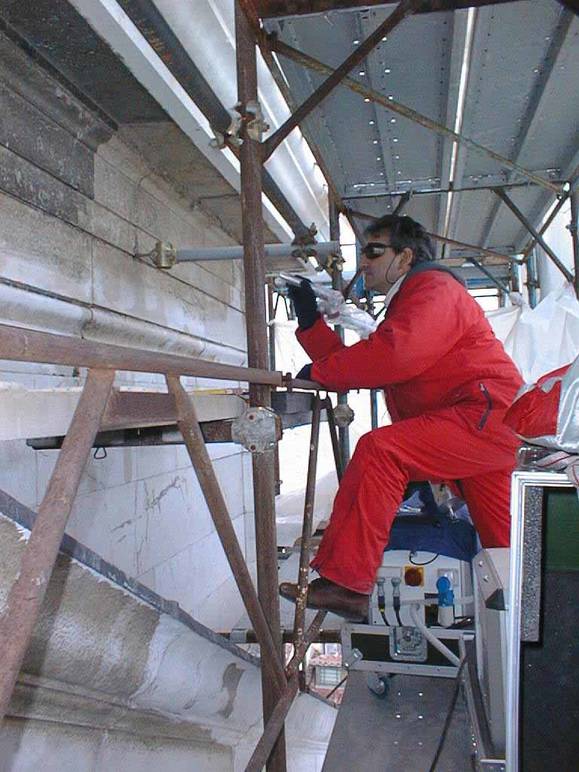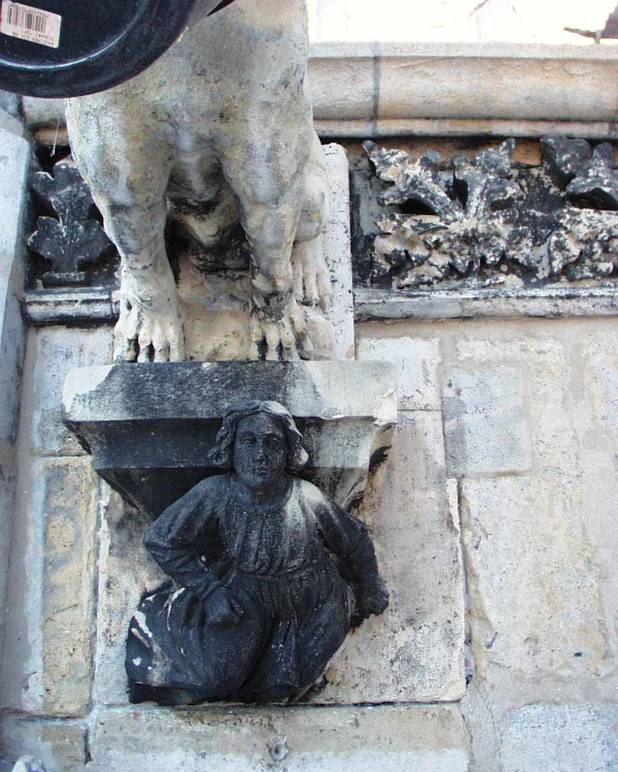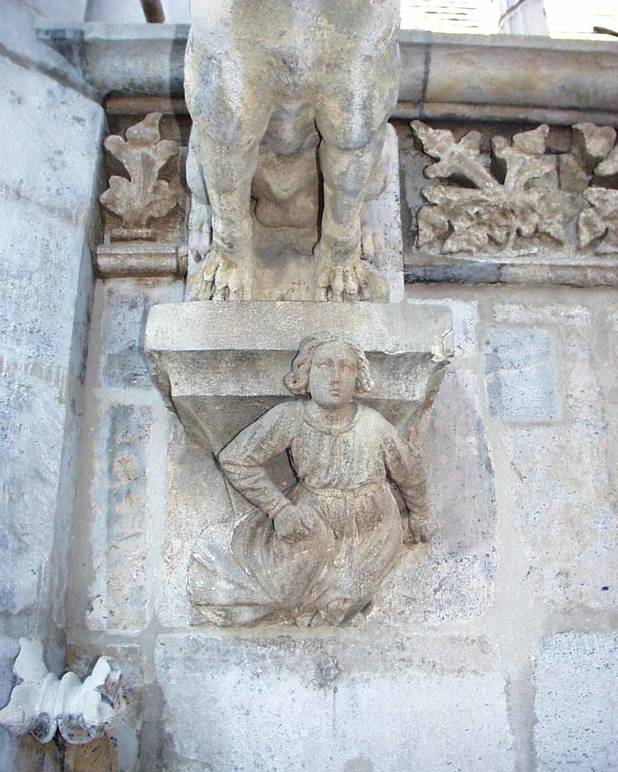The Talented Monument Restorer
“There is the same black deposit in New York as there is in Venice. Venetian marble has been around for 7 or 8 centuries, but only recently has it been deteriorating so dramatically. It’s similar to what I’ve seen at the Public Library on Fifth Avenue which was built in early 1900s. These past hundred years or so have been enough to create an alarming state of deterioration, both in New York and Venice...” explains architect Giancarlo Calcagno, founder of Altech, the Venetian company specializing in advanced technology for restoration which has been commissioned to clean the lateral facades of the Public Library in New York.
Giancarlo Calcagno, instructor of New Conservation Technologies in the Department of Environmental Sciences and Chemistry at University Ca’ Foscari in Venice, started using laser restoration in the 1970s and now after more than thirty years of scientific research and perfection, he has patented several methods for the conservation of historical works never before used in the U.S. Specifically, he has worked on laser systems, carbon fiber systems, SMAD, and consolidated vacuum systems. His patents are the result of study, dedication, and personal investment. “I built a small laboratory at home,” explains Giancarlo. “In Italy it’s hard to find support for research so I had to go it alone, experimenting and improving on existing techniques.” In addition to methods used to conserve and restore monuments, the architect-scientist has studied and patented a laser method to detect counterfeiting that, shall we say, has been kept in a drawer. “Using nano technology I have invented a fairly good method where a trademark or seal is always visible, even under a cheap light bulb…”
We met the Genovese architect-scientist on the job site in New York.
Tell us how your passion for research in conservation and restoration was born.
“Growing up in Venice in the 1970s, I had two teachers who showed me the way in scientific research in the field of art restoration. Ken Hempel of the Victoria and Albert Museum in London taught me how to use the most advanced technologies for conservation. Along with John F. Asmuss of the University of San Diego at La Jolla, considered to be the father of the laser, I began to develop different methods to advance the most technological aspects of the laser and light that could be used in art conservation. My biggest thrill was to see a black deposit, a thick, black crust that had been removed without the slightest alteration to the area underneath it.
What causes the black deposit and the work of art or monument’s consequent deterioration?
“Air pollution from industrial development, thermal heating, heat shock, acid rain, and sea air; the sum of all these factors causes pollution to adhere to the monument’s delicate surfaces. If we look at a statue over the years, we see the formation of a black crust, which can be several millimeters thick, that wears away the surfaces that it sticks to.
People do not have historical memory. We can look at a picture of a marble sculpture from the Renaissance taken in the early 1900s; we see it in its entirety, without any loss of detail. We then look at photographs of the same statue taken thirty, sixty or eighty years later; it has lost as much as 40 to 60% when compared to the four centuries of previous exposure.
This is because there is constant erosion due to smog and air pollution.
What are the ways to clean these deposits?
“There are traditional methods, mechanical ways to remove the black crust using with a scalpel, chisel, sandblasting, etc. This leads to surface abrasion that can damage the original work. Then there is the chemical method, where water is mixed with chemical compounds to remove the dirt deposits. If there is an image or decoration, though, this method can be harmful. With both of these methods, the “skin” or layer of the original surface, the artist’s work, is lost. The system that I put into practice, ‘the way of light’ as it’s called, uses the physical aspect to remove the dirt.”
When did you begin using this system? When did you start Altech?
“I founded Altech in the early 1980s because I wanted to apply the new technologies that I had learned and refined. The first job was a restoration project using the vacuum and laser technique, which today is very primitive, on the Porta della Carta, the main entrance to the Palazzo Ducale in Venice. Since then I have never stopped improving the technology, investing in research and development at my own expense. From the Palazzo Ducale and the Maddalene in Venice, we then restored the Duomo of Cremona in Siena, the Cathedral of St. Stephen in Vienna, the museum in Nuremberg, and many other monuments in Europe, and most recently the Public Library in New York.”
How did you get involved in the project of cleaning the Public Library’s facades?
“Several years ago I was at a conference in St. Petersburg and I was approached by the architect Tim Allanbrook of WJE who was working with architect Kyle Normandine on the restoration project at the Public Library in New York. After the technical interview with the Head of Preservation in America Elen Charola in Chicago, we did some testing and protocol reviews and then we signed the contract with WJE, the general contractor Nicolson & Galloway, and Lasca Tech.”
What kind of feedback did you get in the U.S.?
“The laser was invented by Americans. When I talk about the laser, it’s like talking about cars; there are a myriad of models and different engine cylinders. The laser that I brought here, though, I developed over the course of many years, improving its capacity to clean large areas at a low cost.
I found total cooperation and openness in New York. I have the feeling that this project will help raise awareness about the laser method as an alternative to the traditional method of sandblasting that was used for the restoration of the Met.”
After this project in NYC would you like to continue to work in the U.S.?
“I would like to find scientific partners to develop, improve, and implement new methods and new technologies, which is very difficult to do in Italy.”
Laser Nd:YAG in restoration of historic bulding S. Teodoro,San Marco Venice.
Altech s.r.l. largo Parolini 61, Bassano del Grappa
For more information, please visit www.altechsrl.com.
Published by Oggi7 - The weekly magazine of America Oggi - May 3, 2009
Translated by Giulia Prestia








































i-Italy
Facebook
Google+
This work may not be reproduced, in whole or in part, without prior written permission.
Questo lavoro non può essere riprodotto, in tutto o in parte, senza permesso scritto.